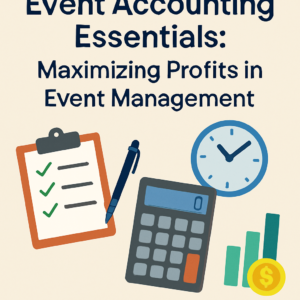Running your own business can be costly and time-consuming. The antidote? Make smarter choices when deciding where to invest and cut down on costs so you’re not spending where you don’t have to. These ways to reduce business costs can help you allocate resources more effectively.
1.) Take care of current customers
Current customers cost you much less to keep happy than new ones take to acquire. You can spend a vast amount, and end up offering a lot of incentives, in order to attract those who don’t yet know you. By prioritizing existing clients, you’ll discover one of the easiest ways to reduce business costs while boosting customer loyalty.
With your existing customers, the hard work is already done. By looking after your customers you not only secure repeat business, but create your own brand ambassadors. The aim is to make them feel special, to thank them, reward their repeat business, and encourage their word of mouth (it is as powerful online as it is off).
Tips:
- Make a note of their spending or purchase history, it will enable you to offer a loyalty incentive – this doesn’t have to be expensive or costly to you, a cupcake or a handwritten note will go a long way.
- Make sure your aftercare and customer support are as good as your face-to-face interaction or online sales care.
- Invest in a good Customer Relationship Management System (CRM) – they are now affordable, simple to set up, and are incredibly powerful when it comes to keeping your customer relationships healthy and on track.
2.) Offer customers a streamlined/fast way to pay for your services/product
A streamlined online invoicing/receipt service could enable you to manage your billing process more efficiently and enable your business to get paid faster.
3.) Use a web builder NOT a web developer
If your business does not need a technical or high-end website then, using a web builder is one of the smartest ways to reduce business costs. Spending a few hours building your own, with a web builder, is an ideal – and inexpensive – way to get online.
Website builders are perfect for helping small businesses to get a website up and running within a day or less. You should find them easy to use, they require little technical knowledge and, thanks to their ‘themes’ and templates you can do an awful lot just by dragging and dropping in layouts you like, to support the content and imagery you have.
They often have their own image libraries for you to use and select from, too.
4.) Try DIY marketing
There are many ways to reduce business costs when it comes to marketing. Most require no more than a little dedicated time and creativity. We thought these 4 might be useful:
- Learn basic SEO – You might have a website – and be paying for it, make it work for you by ensuring it can be found.
- Share content – Learn a little more about your customers, where are they, what interests them, and what questions do they have that relate to what you sell – answering a question via blog, forum or social channel is a good way to start a conversation.
- Build a database – Create an email opt-in on your website or blog. You can offer a free download, discount, or gift for customers who are willing to add their email address to your list.
- Connect contacts – Network and join local events and online groups where you can meet complementary businesses and potential customers.
- Let others help – Ask for a referral and send something a little while afterward to say thank you – if your recipient did not actually get around to making the recommendation, then they soon will.
Partner with an Expert Financial Provider
Reducing business costs can feel overwhelming, but you don’t have to do it alone. At Kommas with Kelle, we specialize in helping businesses streamline expenses and maximize profitability. Whether you need expert budgeting advice, financial strategies, or cost-saving strategies tailored to your business, our team is here to guide you every step of the way. Contact us today to discover how our financial services can support your goals and make your business thrive. Let us help you turn these ways to reduce business costs into actionable results!









